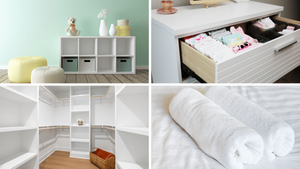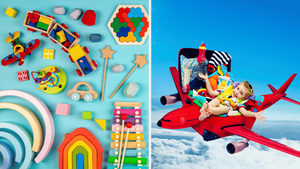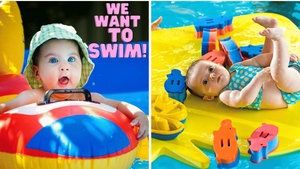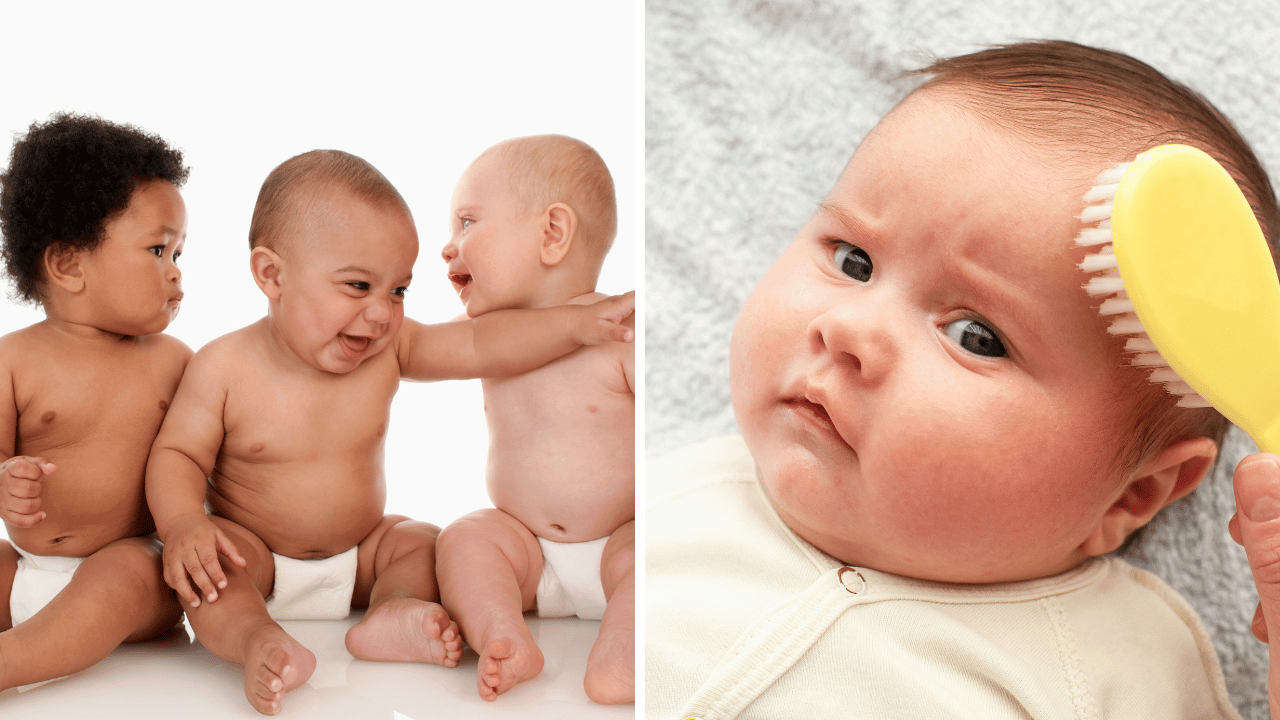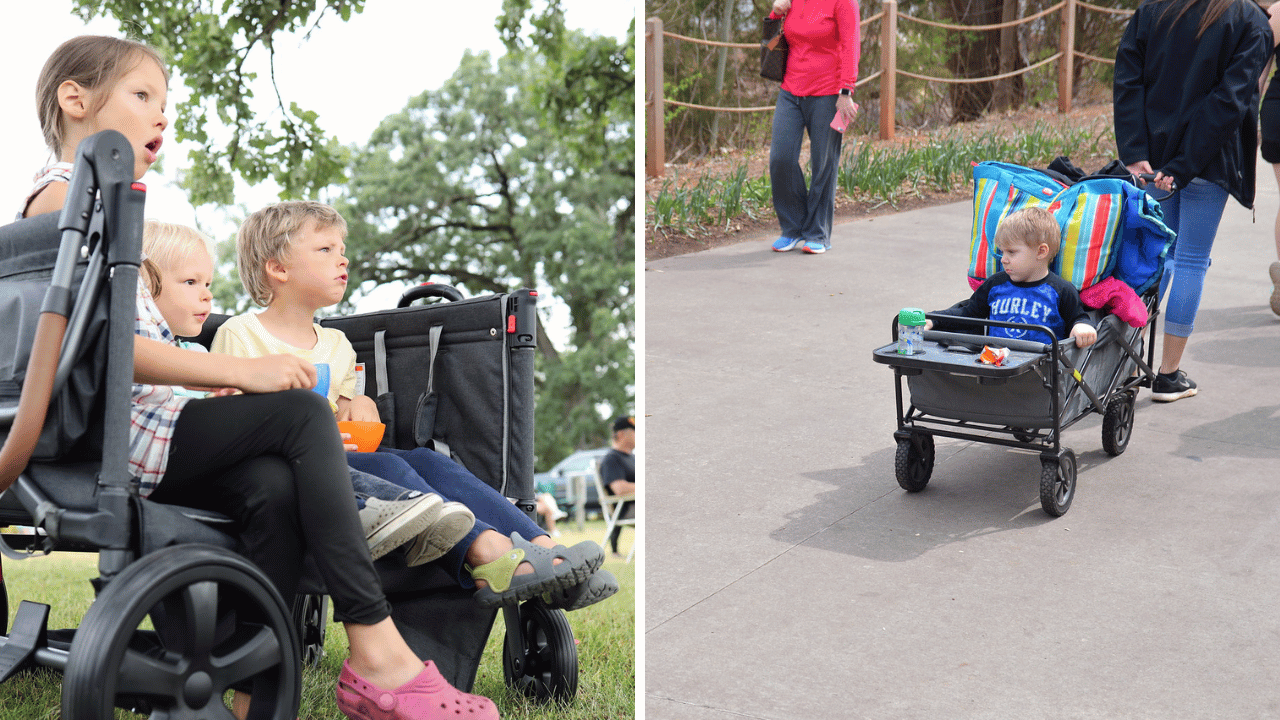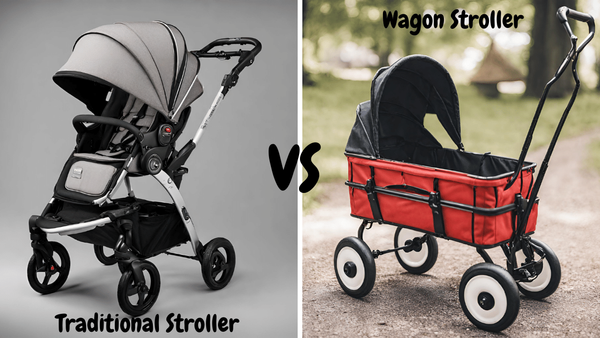Bath time is not just about getting clean; it's an opportunity for children to explore, play, and learn. And what better way to make bath time an exciting adventure than with bath toys? These colorful and interactive toys are more than just floating companions; they offer a multitude of benefits for both parents and children. In this article, we'll dive into the fascinating world of bath toys, exploring their history, their impact on child development, and the top picks for little ones to enjoy.
The History of Bath Toys: From Rubber Ducks to Interactive Marvels
Bath toys have been captivating children's imaginations for decades. One of the most iconic bath toys is the rubber duck, which made its splashy debut in the late 1800s. Originally designed as a floating novelty item, the rubber duck quickly became a staple in the bathtub, bringing joy and entertainment to bath time rituals.
Over the years, bath toys have evolved to become more interactive and educational. Today, you can find a wide range of options, from squirting sea creatures to waterproof books and puzzles. These toys engage children's senses, encouraging creativity, cognitive development, and problem-solving skills.

Benefits of Bath Toys for Child Development
Playing with bath toys offers numerous benefits for children of all ages. Here are some of the ways these toys contribute to their development:
Sensory Stimulation: Bath toys provide opportunities for tactile exploration, stimulating a child's senses and promoting sensory integration skills.
Language Development: Bath time offers a relaxed setting for parents and children to engage in conversation and expand vocabulary. Bath toys can aid in storytelling and imaginative play, fostering language development.
Fine Motor Skills: Manipulating bath toys helps improve hand-eye coordination and fine motor skills, as children grasp, squeeze, and pour water.
Cognitive Development: Interactive bath toys, such as floating puzzles or stacking cups, introduce early concepts of cause and effect, spatial awareness, and problem-solving skills.
Emotional Development: Bath time can be a soothing and comforting experience for children, promoting emotional well-being and relaxation.
Types of Bath Toys for Infants and The Benefits Each Type Provides
When it comes to bath toys for infants and toddlers, there’s no shortage of options. Toys come in various shapes, sizes and colors – all with different functions. Some of the most common types include:
- Floatable boats or vehicles: These are great for helping babies develop their coordination skills as they learn how to move these objects around in the water.
- Squirt toys: These are ideal for introducing concepts such as color, size and counting to your baby. Squirt toys can also be used to help encourage babies to move around in the water (with supervision).
- Stacking cups: This type of toy helps teach babies about shapes, sizes and ordering objects from smallest to largest. The cups can also be used for easy water play – filling up and emptying them repeatedly.
- Bath books: Introduce the concept of reading and story-telling. They can also help to promote language development in your baby.
Safety Considerations to Keep in Mind When Choosing Bath Toys
When selecting bath toys for your baby, safety should be the top priority. Always read product labels carefully to make sure that a toy is age-appropriate and has been tested for safety.
Avoid any toys with small parts or sharp edges as these can pose a choking hazard. Additionally, check to ensure that all materials used in the toy are non-toxic – look for labels such as “phthalate-free” and “BPA free.”
It is also important to keep an eye on your baby during bath time to make sure they are safe. Be sure to never leave them unattended in the tub, even if you think the toys are adequate enough supervision.
Plus, always make sure to clean and dry the toys after each use. This will help to keep them in good condition and prevent the buildup of mildew.

Age-Appropriate Bath Toys
Different age groups have varying developmental needs, and bath toys cater to each stage. Here are some recommendations:
Infants (0-12 months): Soft, squeezable bath toys like rubber ducks, floating animals, and textured balls provide sensory stimulation and encourage grasping.
Toddlers (1-3 years): Introduce interactive toys that engage their imagination, such as pouring cups, water wheels, and bath crayons.
Preschoolers (3-5 years): Expand their cognitive abilities with bath puzzles, building blocks, and waterproof books that encourage problem-solving and literacy skills.

Top Bath Toys to Make Splash Time Extraordinary
Munchkin Float and Play Bubbles Bath Toy: These cute, floating bubbles stimulate visual and tactile senses, keeping your little ones engaged during bath time.
Boon Building Pipes Toy Set: With suction cups to attach to the wall, these pipes allow children to create waterways and experiment with water flow while enhancing problem-solving skills.
Skip Hop Zoo Stack and Pour Buckets: These colorful buckets feature different-sized cups for pouring and stacking, promoting fine motor skills and creative play.
Yookidoo Submarine Spray Station: This interactive submarine toy creates a mini water fountain, providing endless fun and encouraging hand-eye coordination.

Tips on How to Store and Clean Bath Toys Effectively
It’s always best to keep bath toys in a separate, clean container away from the other items stored in the bathroom. This will help to reduce the chances of cross-contamination and prevent mold growth.
Always make sure to thoroughly rinse off all soap residue before you put your baby’s toys away after bath time. Additionally, keeping a few extra bath toys in the bathroom can help when it’s time to switch out the used ones.
This way you can be sure that your baby is playing with clean and safe toys every time they come into the tub.
Ideas For Fun Games and Activities That Can Be Done With Bath Toys
Bath time doesn’t have to be about playing with toys or getting clean – it can also be an opportunity for you and your baby to bond through interactive activities. Here are a few ideas:
- Fill plastic cups with different amounts of water and let your baby practice pouring the water from one cup to another. This will help them develop their coordination and counting skills.
- Use stacking cups to make a tower or pyramid in the bathtub. Help your baby practice their motor skills by letting them dismantle the structure and build it up again!
- Have a boat race with floating toys. Give each toy its own “crew” (your hand) and have them race across the tub! This can be an enjoyable way to introduce basic concepts such as “fast” and “slow.”
- Use squirt toys for counting games or color recognition activities. Help your baby identify the different colors or count how many squirts each toy can make
Bath Toys FAQs
Should I get a bath seat or cushion for my baby?
Bath seats and cushions can provide your baby with extra comfort during bath time. However, they should never be used as a substitute for parental supervision. These items are not designed to keep babies in place, nor do they guarantee safety. To ensure the safety of your baby, it is best to always stay within arm’s reach during bath time.
What is the best way to store bath toys?
The best way to store bath toys is in a separate, clean container away from other items stored in the bathroom. This will help reduce cross-contamination and prevent mold growth. Also, make sure to rinse off any soap residue before putting the toys away, and switch out used toys for clean ones every time your baby takes a bath.
How can I make bath time fun for my baby?
There are many ways to make bath time fun for your baby! Try introducing floatable boats or vehicles and let them practice moving these objects around in the water. You can also do counting games with squirt toys or have a boat race across the tub. Additionally, stacking cups can be used to make towers and pyramids – this will help your baby develop their motor skills. Finally, reading bath books together is also a great way to promote language development in your baby.
Final Thoughts
Bath time can bring a fun and playful element to parenting, and when used in the right way it can bolster parent-child relationships. However, safety is paramount. Research is key when it comes to selecting the best bath toys for infants, as items that are too large or pose a choking hazard should be avoided.
A good rule of thumb to follow is: make sure whatever toys you purchase have been designed with safety in mind. So, don’t worry if you have no idea what kind of toy to get your infant—there are plenty of options out there that are both fun and safe.
A few minutes spent researching can ensure many hours of smooth sailing for both parent and child. Don’t forget: bath toys offer so much more than just physical play; they provide a positive space for parents and their children to engage with one another too!


